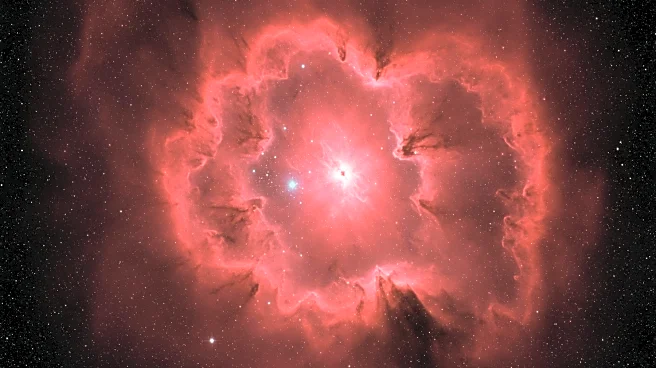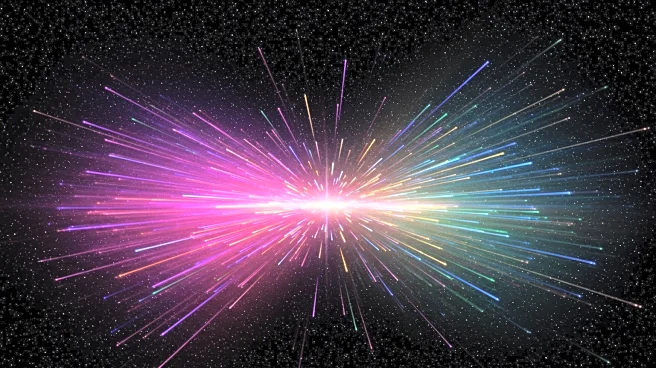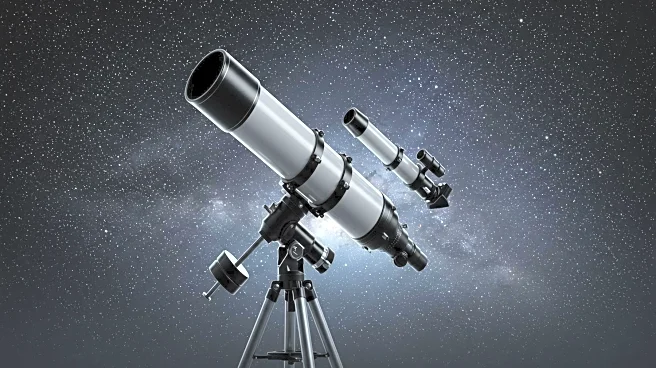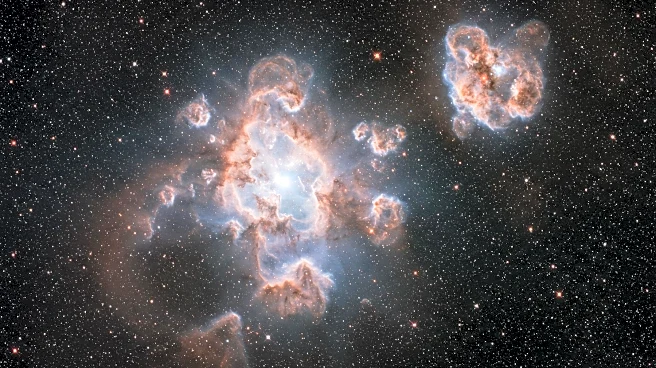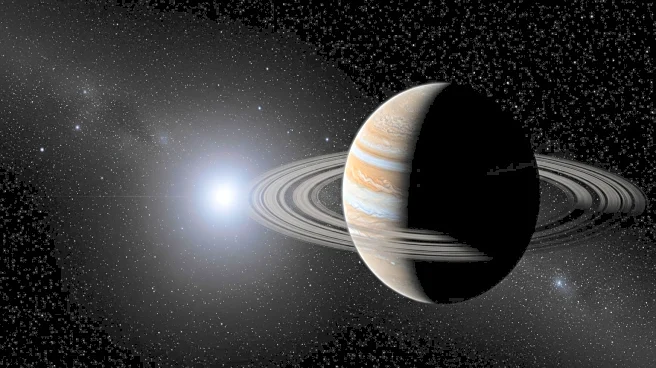Rapid Read • 7 min read
Astronomers have identified a powerful and enigmatic astrophysical object named 'Punctum' in the NGC 4945 galaxy, located approximately 11 million light-years from Earth. The discovery was made using the Atacama Large Millimeter/submillimeter Array (ALMA) telescope by a team led by Elena Shablovinskaia from the Universidad Diego Portales in Chile. Punctum is notable for its extraordinary brightness, emitting energy levels far surpassing typical magnetars, microquasars, and most supernovae, with only the Crab Nebula being brighter among star-related sources. Unlike conventional astronomical objects, Punctum has only been observed in millimeter wavelengths, suggesting a highly active and energetic core. The object's emission of millimeter-wavelength radiation might be linked to synchrotron radiation, a phenomenon associated with charged particles moving at high speeds along magnetic field lines.
AD
The discovery of Punctum challenges existing astronomical classifications and could represent a new type of cosmic object. Its unique properties, such as intense brightness and millimeter wavelength emissions, suggest it may not fit into known categories like supernova remnants or magnetars. This finding underscores the importance of advanced observational technologies like ALMA in uncovering previously hidden phenomena. The potential for future observations with the James Webb Space Telescope (JWST) could provide further insights into Punctum's nature, possibly revealing new aspects of cosmic dynamics and interactions. The discovery highlights the evolving landscape of astronomical research and the need for continued exploration to understand the universe's complexities.
Future observations with the James Webb Space Telescope (JWST) are anticipated to shed more light on Punctum's origins and nature. The JWST's advanced infrared capabilities may detect emissions that could refine theories about Punctum's composition and behavior. Researchers hope to determine whether Punctum's emissions are purely synchrotron radiation or involve other phenomena such as dust or emission lines. Until then, Punctum remains a tantalizing enigma, prompting astronomers to explore further and challenge existing assumptions in astrophysics.
AD
More Stories You Might Enjoy




